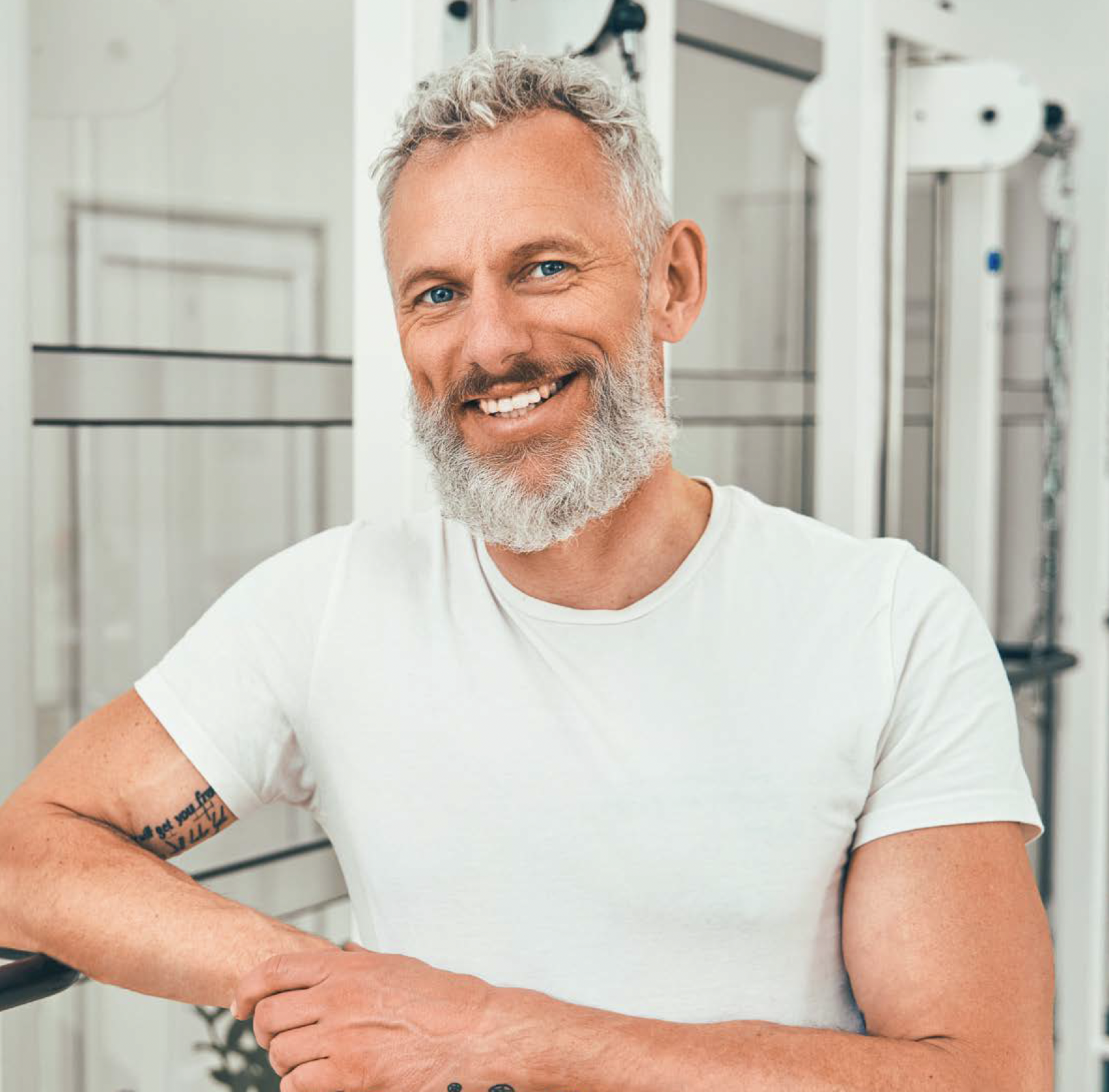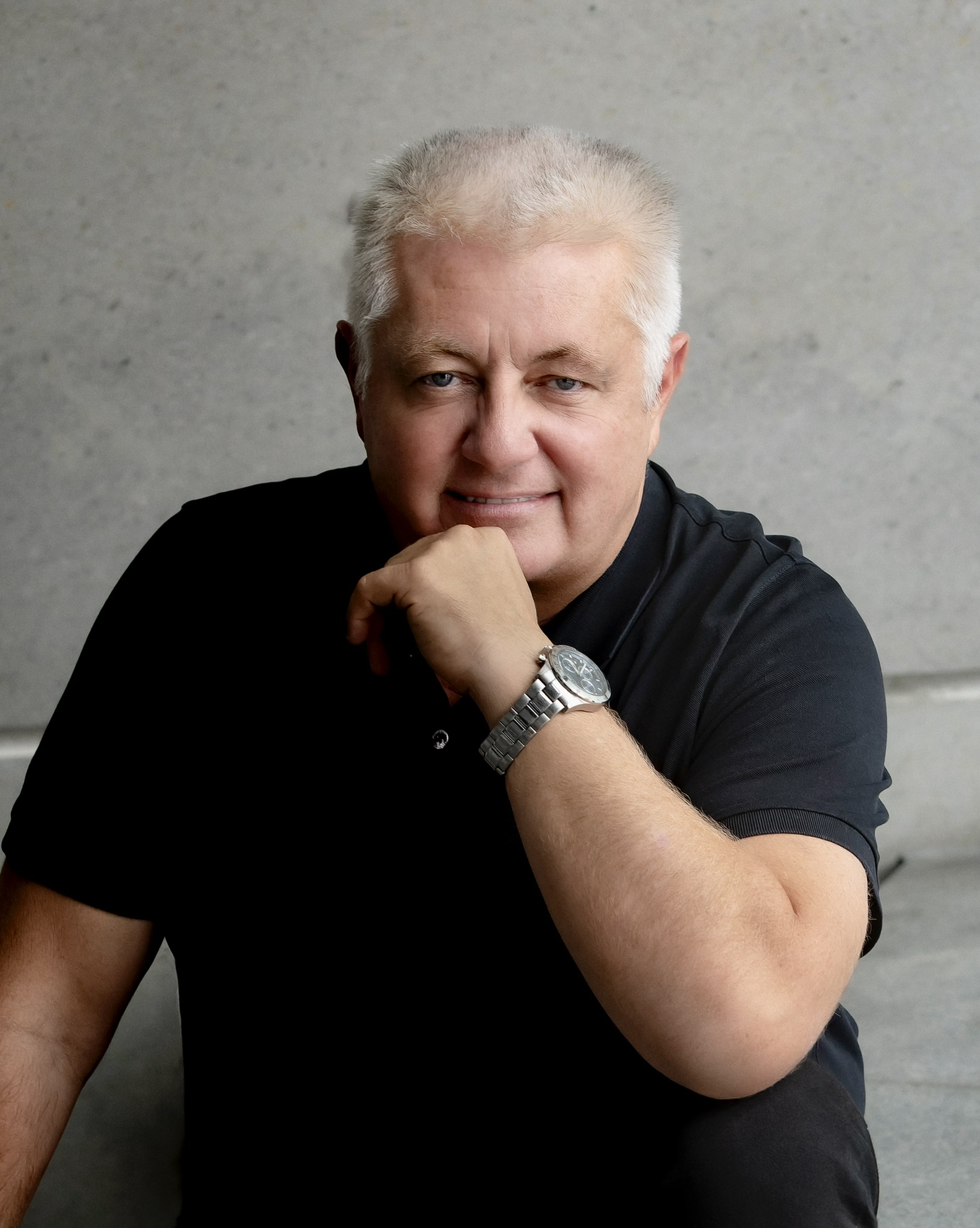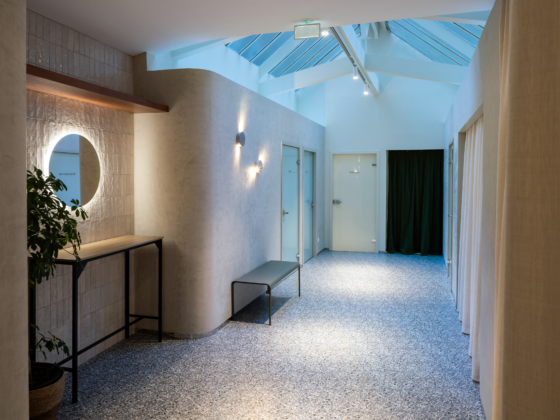Dr Claude Chauchard
Longevity medicine, which is actually a speciality in its own right, is comes under the umbrella of “morphological medicine”: a discipline that takes charge of and treats the natural aging process. Here is how I draw up my “longevity” prescriptions and my approach to this speciality.
 Today, I am a 78-year-old man, but I am also an active, dynamic man who is an expert in this field, which I practised before it was even recognised as a speciality in itself. I live like a man in his fifties. Yes, I might die tomorrow: I am no safer from accidents than the next person. But today, I do not believe you can prevent aging without intense intellectual activity and essential physical activity.
Today, I am a 78-year-old man, but I am also an active, dynamic man who is an expert in this field, which I practised before it was even recognised as a speciality in itself. I live like a man in his fifties. Yes, I might die tomorrow: I am no safer from accidents than the next person. But today, I do not believe you can prevent aging without intense intellectual activity and essential physical activity.
This means that my prescription will always begin with these three things:
A- Intellectual vitality
B- Permanent physical activity, i.e. three hours of sport per week. Never lose sight of the fact that our body is made up of 70% muscle. So we do not have the choice: we need to keep moving. Moving activates the lymphatic system, which drains our waste away. In fact, this system has no muscles to activate it: unlike the heart, which activates arterial and veinous circulation alone, physical exercise stimulates the whole lymphatic system.
C- In terms of nutrition, we are what we eat. I am a firm believer in Keto Nutrition (read my book “Maigrir là où ça résiste”) and intermittent fasting, which I do twice a week without fail. That said, I will now explain my prescription within the framework of my fundamental approach to medicine for preventing aging.
Here are five essential cornerstones to consider:
- Polyunsaturated fatty acids
- Pre and probiotics
- Hormone replacement therapy
- Essential antioxidants and vitamins
- Medicines to protect the liver
Let us look at my prescription in detail:
• Polyunsaturated fatty acids are essential for the cells’ proper function. They structure the cell membranes and therefore condition the entry of nutrients and hormones into the cells. These Omega 3 and Omega 6 fatty acids limit the accumulation of cholesterol (bad LDL cholesterol), limit inflammatory reactions, protect the heart, maintain cognition, and regulate certain hormonal activity. I usually prescribe 500mg/day of Omega 3s (eicosapentaenoic acid or EPA and docosahexaenoic acid or DHA). Fatty acids such as alpha-Linolenic acid (which can be found in rapeseed oil, nuts and linseed) should be prescribed at a dosage of 2g/day.
Above all, I recommend the regular consumption of olive and rapeseed oil (2 tablespoons twice a day, to be mixed in with food). Omega 6s can easily be incorporated into our daily diet (vegetable oils, nuts and grains, meat and fish, eggs). I only prescribe supplements if I see a serious deficiency. To this, I recommend adding good fats, in particular oily fish (sardines, mackerel, salmon, herrings, cod, turbot, eel), among others. It is interesting to notice that polyunsaturated fatty acids go straight to the liver after being absorbed in the digestive tract, unlike saturated fats (bad fats) which transit in the shape of chylomicrons before being discharged into the liver via the lymphatic system, around two hours after being absorbed. In a way, the liver prefers to use good fats first and takes longer to digest the bad fats. It would complicate digestion even further if they all arrived at the liver at the same time.
• Prebiotics are non-digestible fibres that are vital to our microbiota. They can be found in our diet: asparagus, bananas, onions, garlic, pulses, in short, in all vegetable fibres. Probiotics are living micro-organisms, bacteria, which are beneficial to our microbiota (lactobacillus, bifidobacteria, among others). I recommend eating fermented foods on top of the prescription, such as kimchi, sauerkraut, yoghurt. This all promotes activity in the intestinal flora, for good digestion and an excellent intestine/liver correlation, which is vital for good health. I prescribe a minimum dosage of 10 billion units (CFU/day containing around five different probiotic stem cells).
• Hormone replacement therapy or HRT. What do we need to include in a prescription for longevity when our patient is approaching middle age? This is a time of great hormonal upheaval, both for women and men. We first tackle pre and post menopause by reminding all the women who are reading this that the menopause is a hormonal event that characterises women for the whole second part of their life, just like the andropause characterises the second part of a man’s endocrine life. It is therefore essential to prescribe the following hormones: oestradiol, progesterone, testosterone, growth hormone. This should be done according to the patient’s requirements and only if they can be prescribed without any particular risks. These treatments allow the patient to preserve their vitality, memory, libido and sexual capabilities, and protects their bones, muscles and blood vessels. The dosages are adapted according to the patient’s blood tests and complaints.
• Essential antioxidants and vitamins. Vitamin D is also considered a hormone and is a priority. We need around 100,000 UI/month. This vitamin primarily protects the bones and teeth by promoting calcium and phosphorus absorption. It also plays a role in the immune system, by protecting the heart. Vitamin D can be found in oily fish and by exposing the skin to sunlight in the early morning and after 5pm. In addition to vitamin D, we need to add vitamin C, vitamin E, selenium and zinc, which are not only antioxidants but also boost liver function. I often combine vitamins with one another and never forget to add a vitamin B complex. I like to prescribe intravenous vitamin cocktails combined with a Ringer’s solution, glutathione and other substances that help fight aging. These intravenous injections are administered in a cure of ten injections over 10 weeks.
• Medicines to protect the liver. The liver is a vital organ that protects against oxidation and methylation, ensures the healthy production of cholesterol and vitamins, and manages sugar and fats. It plays an essential role in keeping us youthful. The liver loves the morning and night-time routines. The liver adores all vitamins and healthy food, and certain plant extracts, such as milk thistle, spirulina, etc.
In conclusion, five fundamental cornerstones can be added to the three recommendations found in my introduction, which are nutrition, physical exercise and intellectual vitality, not forgetting good-quality sleep. Living better for longer is a concept that everyone wants to enjoy. I encourage you to follow my advice from today, and you will soon notice a whole host of health benefits. You need to take charge of your life, keep an eye on any deficiencies and act now: it is never too late! Living better for longer is a daily struggle that longevity medicines will help you to face every day! l
To find out more about nutrition, read “Maigrir à vue d’œil” (Slim down before your very eyes)” from TREDANIEL Editions. Follow my advice on Instagram: keto_dr_Chauchard
 Dr Claude Chauchard: A renowned specialist in Nutrition, weight control and Medicine for Age Prevention. More than a million copies of 14 books sold in more than 5 languages. Founder of the Anti-Aging clinic concept. La Clinique De Paris, established in China, Taiwan, Japan and Korea since 1992. Assistant professor at the universities of SEOUL and PEKING. Creator of the online Chrono Géno Nutrition method.
Dr Claude Chauchard: A renowned specialist in Nutrition, weight control and Medicine for Age Prevention. More than a million copies of 14 books sold in more than 5 languages. Founder of the Anti-Aging clinic concept. La Clinique De Paris, established in China, Taiwan, Japan and Korea since 1992. Assistant professor at the universities of SEOUL and PEKING. Creator of the online Chrono Géno Nutrition method.
More information: lcdpi.net










